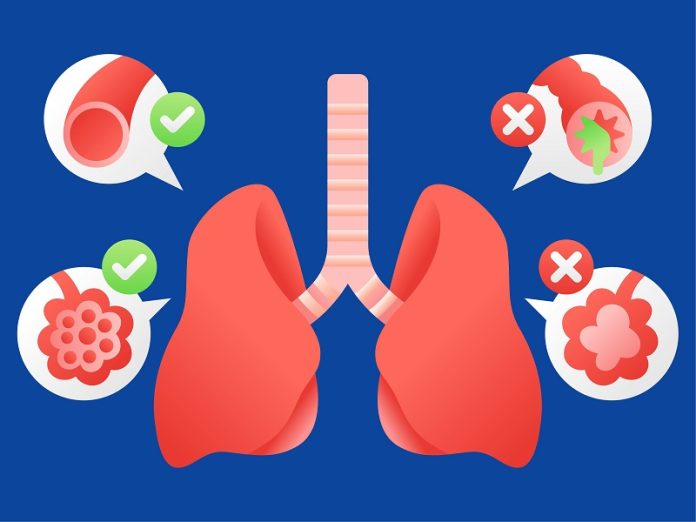
A new discovery from Rutgers Health scientists could lead to better treatments for a deadly lung disease called Idiopathic Pulmonary Fibrosis (IPF).
This condition causes the lungs to become scarred over time, making it harder to breathe.
Sadly, most people with IPF die within 5 to 10 years of diagnosis, and current treatments offer only limited help.
In a new study published in the European Respiratory Journal, researchers used advanced imaging tools to study lung tissue from both healthy people and those who died from IPF.
They found something surprising: large numbers of plasma cells—a type of immune cell that normally lives in bone marrow—were packed into the scarred areas of the lungs in IPF patients.
In healthy lungs, these cells were almost completely absent.
“These plasma cells are producing antibodies in the lungs where they shouldn’t be,” said Dr. Qi Yang, one of the senior researchers from Rutgers. “In IPF patients, their lungs are full of them.”
The team also discovered new types of cells involved in this disease:
- Mural cells, which wrap around blood vessels and send out signals that organize the immune system response.
- A unique type of fibroblast, which is a scar-forming cell that attracts plasma cells to damaged areas of the lungs. This particular kind of fibroblast has never been seen before and seems to be specific to lung tissue.
To test their ideas, the scientists used live mice and blocked the signals that bring plasma cells into the lungs. When they did this, lung scarring was reduced. This suggests that stopping plasma cells from entering the lungs could slow down or even prevent the disease.
Even more promising: drugs that target plasma cells already exist—they’re used to treat a type of cancer called multiple myeloma. These same drugs might also help IPF patients.
Scientists now believe that autoimmune reactions, where the body attacks its own healthy tissue, might play a bigger role in IPF than previously thought. Plasma cells could be creating harmful antibodies that cause lung damage.
The next steps include finding out exactly what these antibodies are doing and why the fibroblasts and mural cells act abnormally in IPF.
For now, the research offers new hope to patients and families dealing with a devastating disease. With new targets for treatment, there’s a real chance that better therapies may be on the horizon.
If you care about lung, please read studies about a review of COPD-friendly foods for lung health, and can Vitamin C and E help fight lung cancer.
For more health information, please see recent studies about how diet influences lung health, and these vegetables could benefit your lung health.



